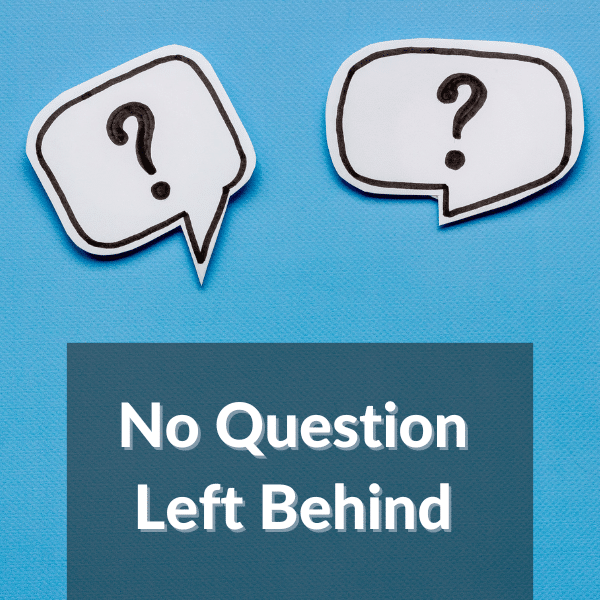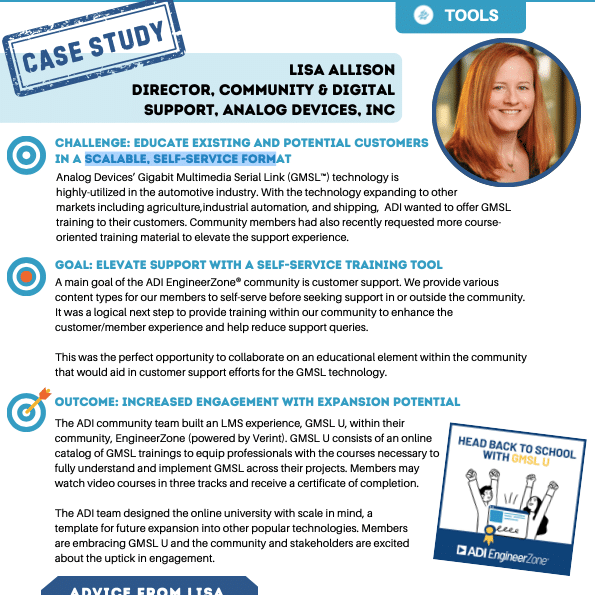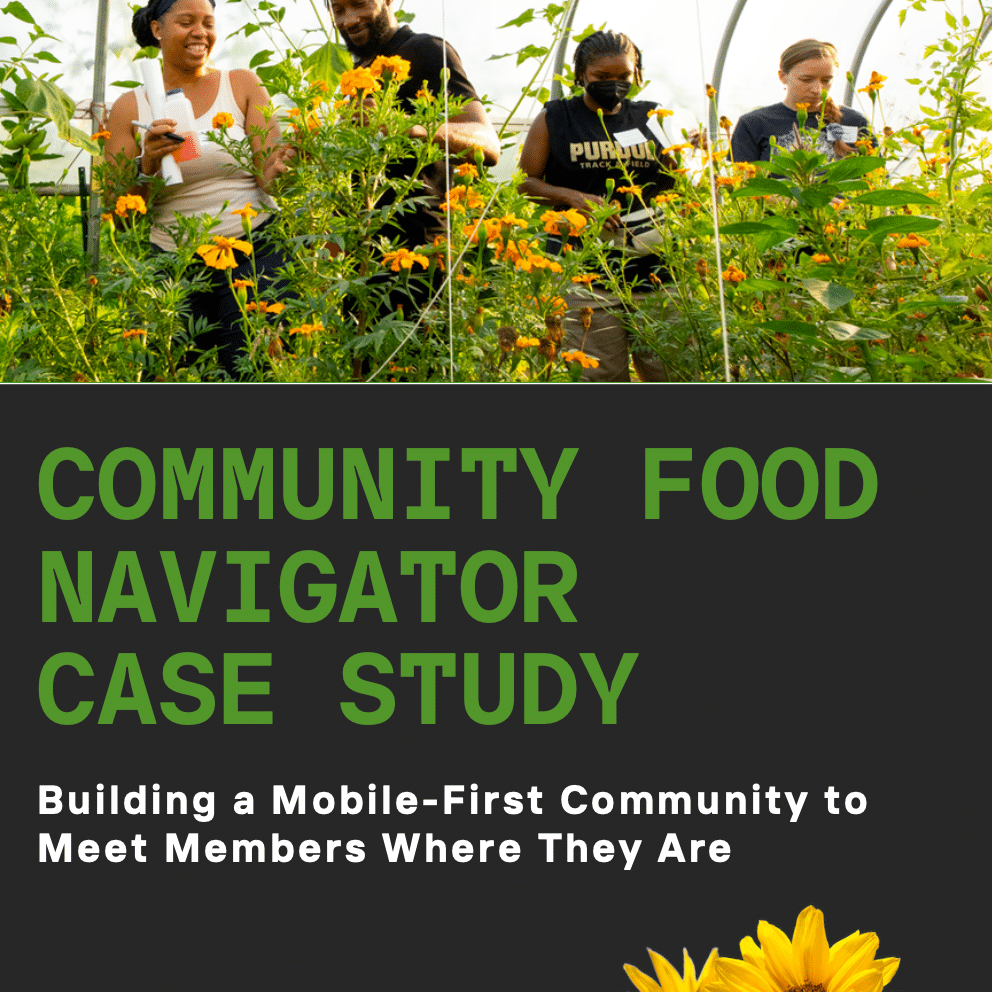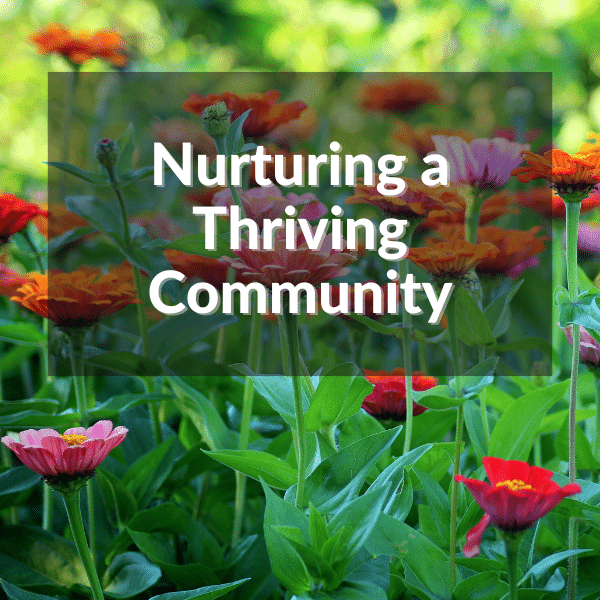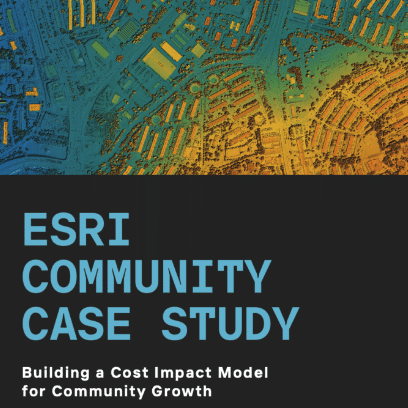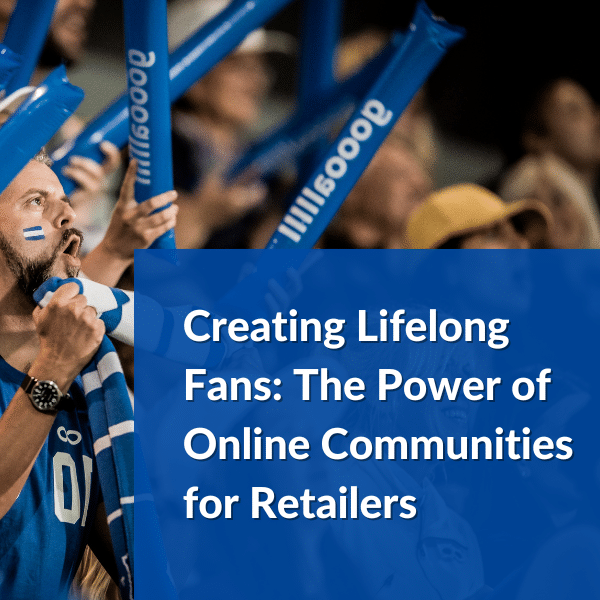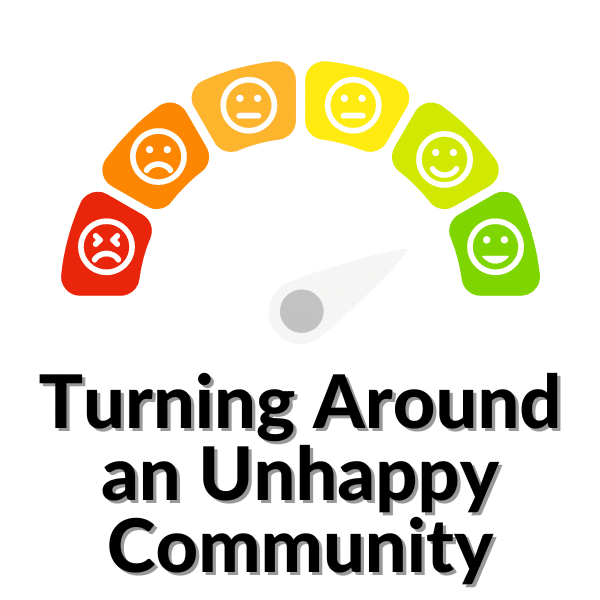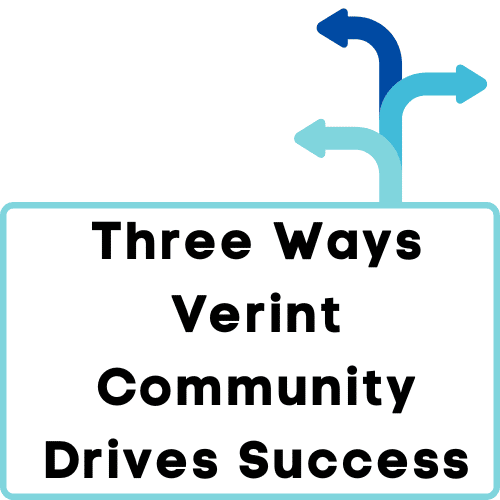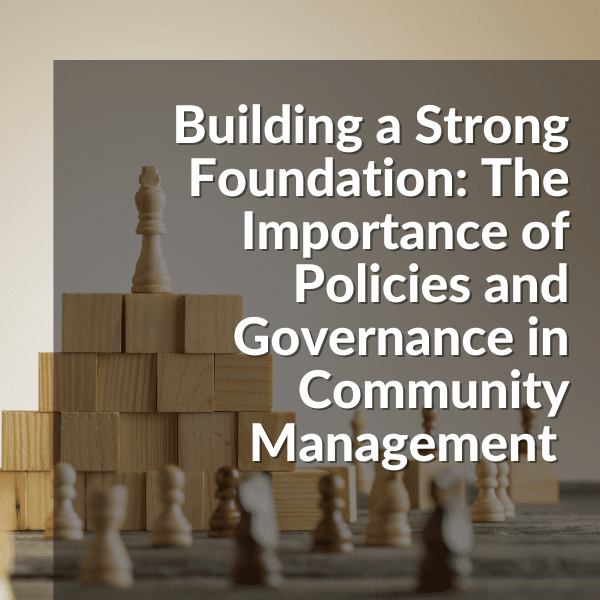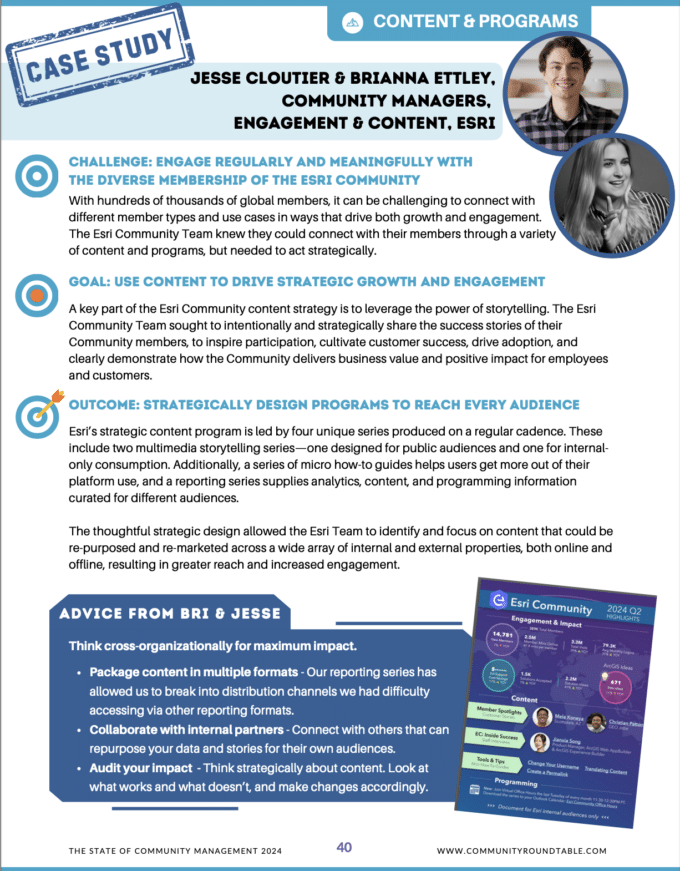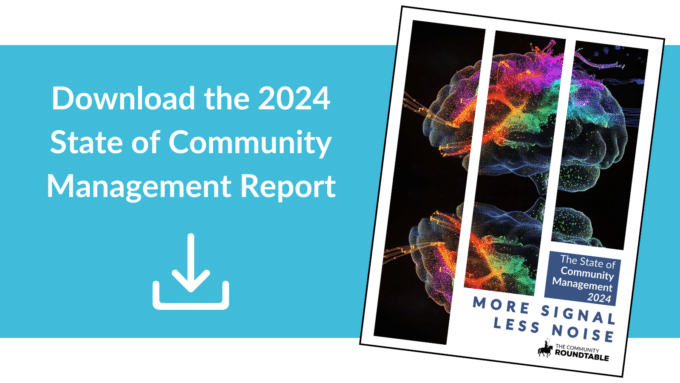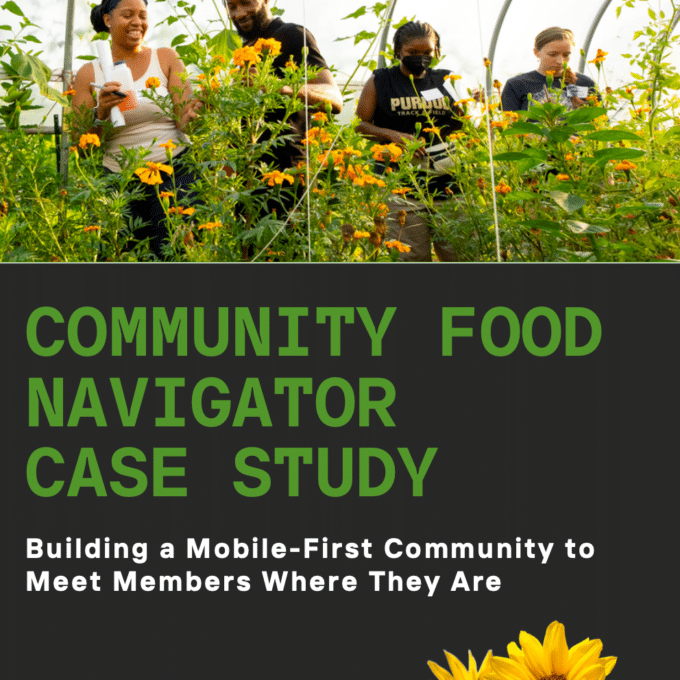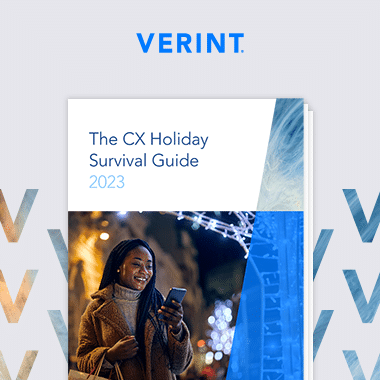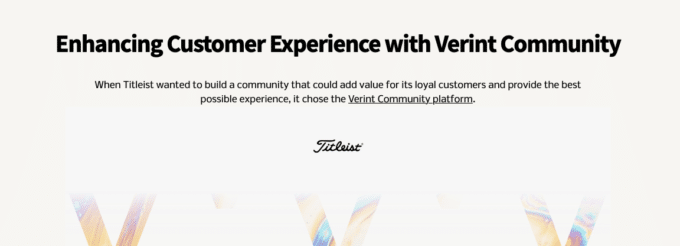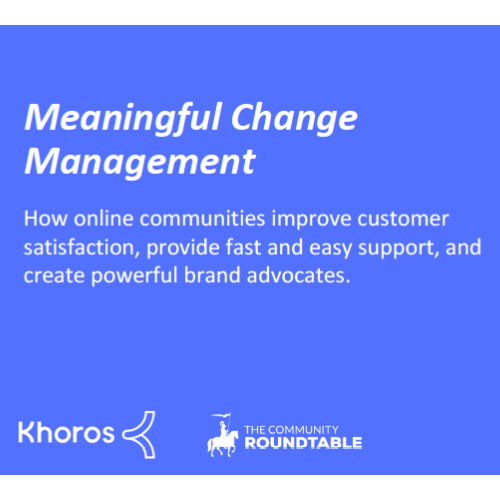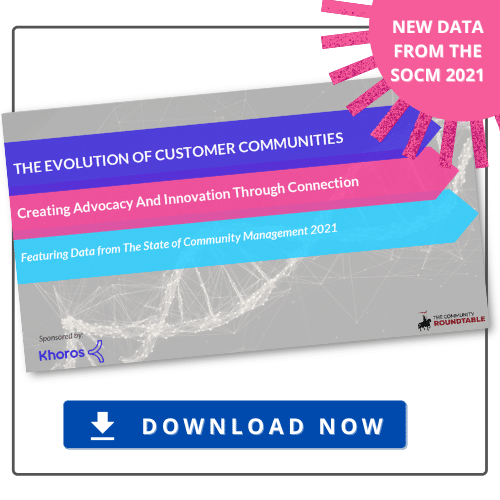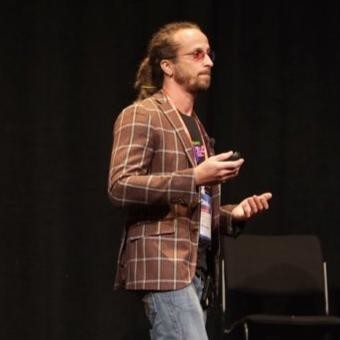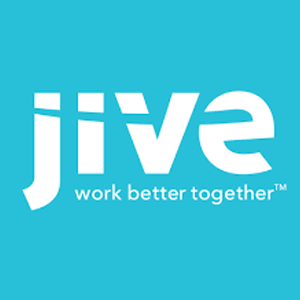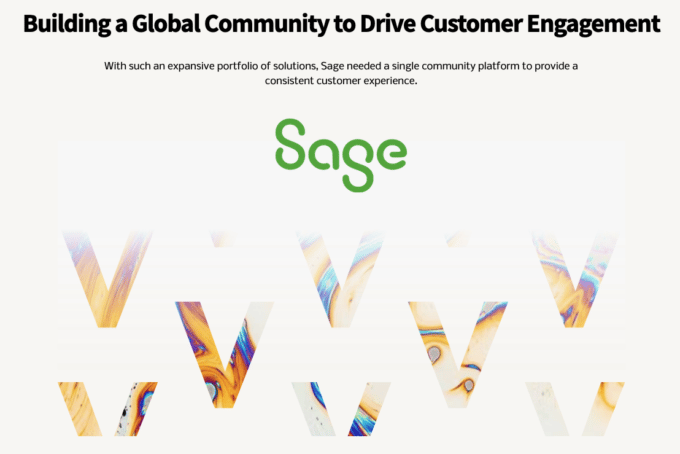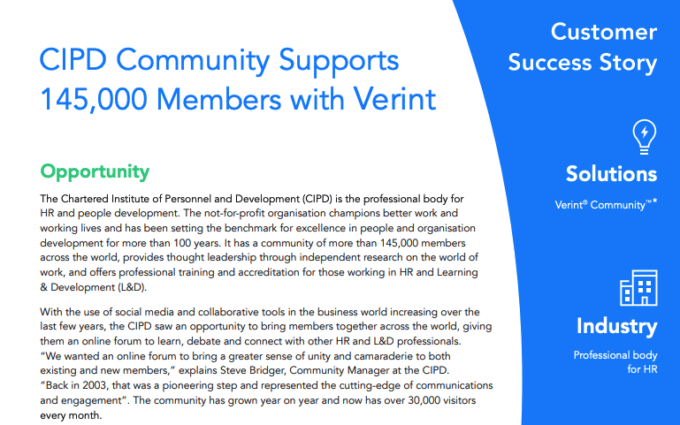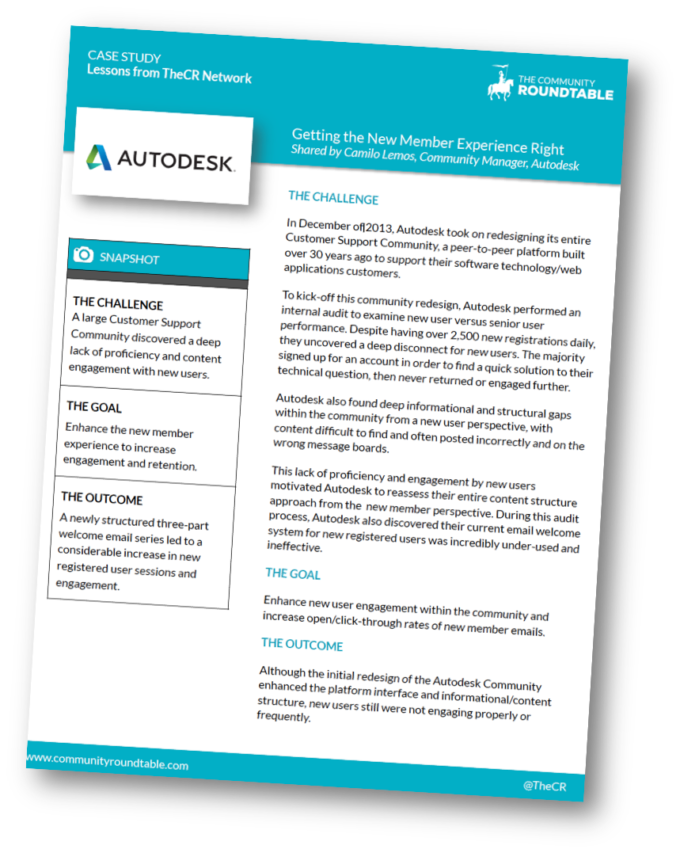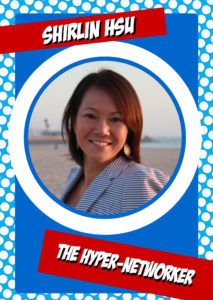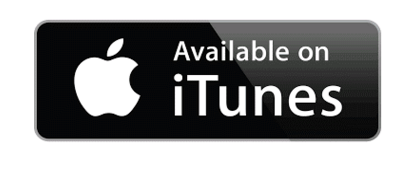Analog Devices, Inc.’s EngineerZone® is a support community that enables customers to engage online with ADI experts and fellow engineers to find answers to complex and frequently asked technical product and application questions.
Challenge: Educate educate existing and potential customers in a scalable, self-service format.
Analog Devices’ Gigabit Multimedia Serial Link (GMSLTM) technology is highly-utilized in the automotive industry. With the technology expanding to other markets including agriculture,industrial automation, and shipping, ADI wanted to offer GMSL training to their customers.
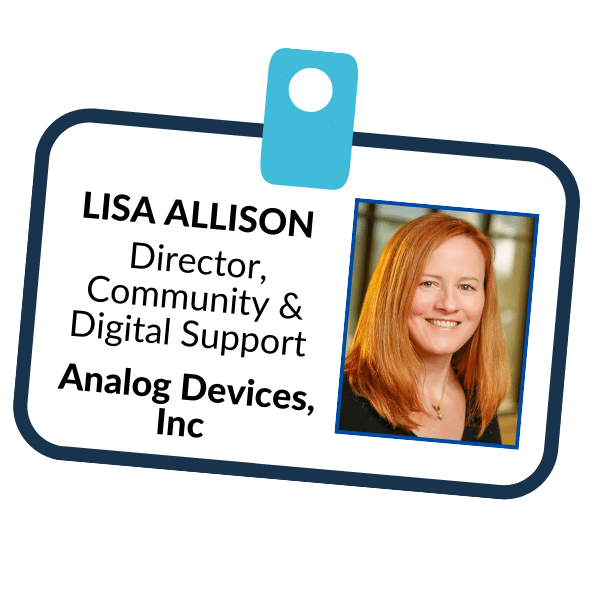
Community members had also recently requested more course-oriented training material to elevate the support experience.
Goal: Elevate support with a self-service tool
A main goal of the ADI EngineerZone® community is customer support. The community provide various content types for their members to self-serve before seeking support in or outside the community. It was a logical next step to provide training within the community to enhance the customer/member experience and help reduce support queries.
This was the perfect opportunity to collaborate on an educational element within the community that would aid in customer support efforts for the GMSL technology.
Outcome: Increased engagement with expansion potential
The ADI community team built an LMS experience, GMSL U, within their community, EngineerZone (powered by Verint). GMSL U consists of an online catalog of GMSL trainings to equip professionals with the courses necessary to fully understand and implement GMSL across their projects. Members may watch video courses in three tracks and receive a certificate of completion.
The ADI team designed the online university with scale in mind, a template for future expansion into other popular technologies. Members are embracing GMSL U and the community and stakeholders are excited about the uptick in engagement.
Advice from Lisa: Build for the future, not the present.
Lisa has four recommendations for any online community professional looking to scale their community support options with a self-service model.
- Flexibility is key – Build your community on a versatile platform like Verint Community.
- Don’t design in a box – Meet with stakeholders to define today’s requirements but think about what will happen when the program expands.
- Put members first – Look back at your member surveys to seek out projects and content opportunities that align with member feedback.
- Make data and UX-driven decisions – It’s okay to say no to a feature request if it negatively impacts the customer journey.
Get more actionable ideas for community success in the State of Community Management 2024 report.

